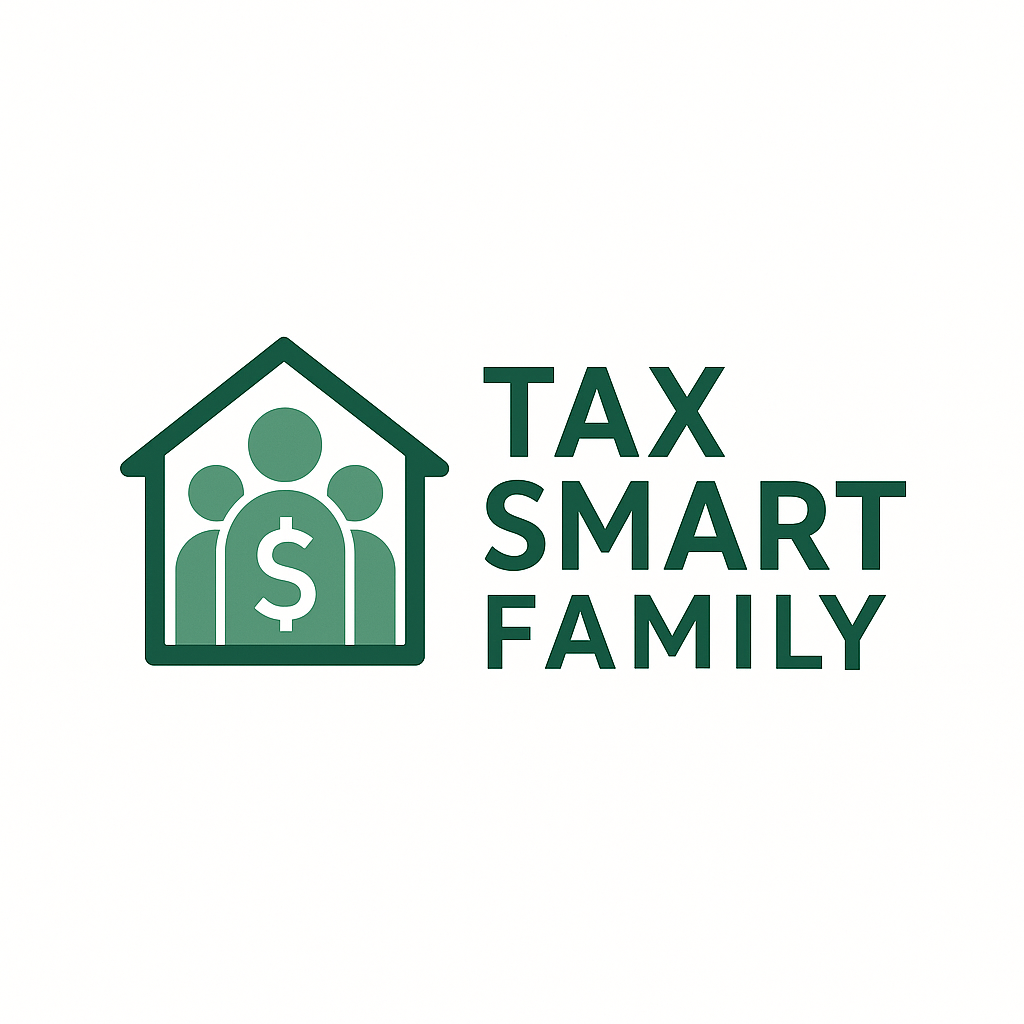The Monthly Checklist We Use to Keep Our Family Business Running Smoothly
The Monthly Checklist We Use to Keep Our Family Business Running Smoothly
Small habits that prevent big problems later
Running a family business with young kids is rewarding — but it can also get messy fast if you're not careful.
Instead of reacting to emergencies, we built a simple monthly checklist that:
- Keeps everything running cleanly
- Catches small issues early
- Builds calm, reliable momentum
In this post, I’ll walk through:
- What we check every month
- How long it takes
- Why this small habit saves huge amounts of stress later
Why Monthly Check-Ins Matter
Good systems don't break suddenly.
They crack slowly when no one’s looking.
A monthly checklist forces visibility before cracks grow into emergencies.
It:
- Protects your legal compliance
- Prevents small financial errors
- Builds business stewardship skills into your kids naturally
- Creates operational habits that scale
When We Do It
- Last Sunday of every month
- Takes about 30–45 minutes
Sometimes faster if everything is smooth.
Our Monthly Family Business Checklist
1. Legal and Entity Review
- Confirm LLC status is still active and visible
- Check for any notices from state or IRS (email or physical mail)
- Confirm registered agent information if needed
2. Banking and Financial Health
- Reconcile bank account against income and expense records
- Confirm all transactions are categorized
- Transfer any payments for child wages into proper accounts
- Confirm that no personal transactions mixed into business account
3. Payroll and Work Logs
- Log hours worked by each child (or project contribution if creative)
- Match work to monthly pay amounts
- Update simple work log template
- Prepare payroll for processing (or run automated payroll if scheduled)
4. Taxes and Accounting
- Estimate current profit or loss
- Track estimated taxes if required (especially for growing income)
- Save receipts for deductible expenses immediately
- Prepare any quarterly tax payment drafts if approaching payment dates
5. Creative and Operations
- Review current project pipeline (books, videos, merch, consulting offers)
- Confirm asset backups are complete (Google Drive, Dropbox)
- Plan the next 1–2 months of content, releases, or promotions
- Archive finished project files cleanly
6. Compliance Snapshot
- Double-check Roth IRA contributions match earned income YTD
- Confirm custodial accounts received appropriate transfers
- Review kids' signed agreements (if new ones needed due to age advancement)
Tools We Use
- Google Sheets (tracking work logs and payroll summaries)
- QuickBooks Self-Employed or Wave (for expenses and receipts)
- Google Drive folders (for contracts, tax records, creative assets)
Nothing complicated.
Just clean files used consistently.
How It Feels Month-to-Month
Instead of feeling reactive:
- We feel organized
- We feel calm
- Tax season becomes a 1-hour process, not a 10-week panic
And the kids slowly absorb:
- How to run a project
- How to review results
- How to stay legally protected
By the time they inherit these systems, they’ll already know how to maintain them.
Final Thought: Systems Beat Memory Every Time
You can’t remember every transaction.
You can’t remember every creative contribution.
You can’t remember every tax form deadline.
But your systems can.
One calm Sunday a month buys you:
- Less financial chaos
- Less legal stress
- A stronger, quieter, more resilient family enterprise
It’s one of the highest ROI hours we spend all year.
Next post: Why we prioritize asset protection early — even before hitting “big” wealth benchmarks.
Disclaimer: The information provided in this post is for general educational and informational purposes only. It is not intended as, and should not be construed as, financial, legal, tax, investment, or other professional advice. You should consult with your own qualified advisors before making any financial decisions. We disclaim all liability for any actions taken based on the content provided.
